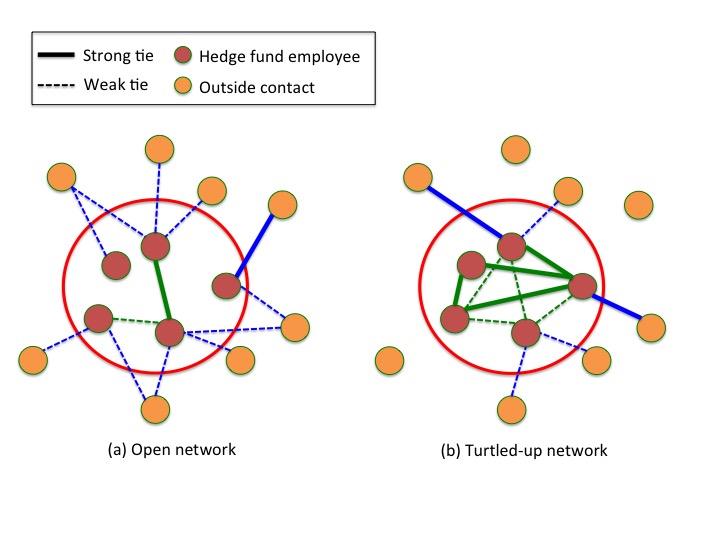Cited By
View all- Gamba DYu YYuan YSchoenebeck GRomero DChua TNgo CKa-Wei Lee RKumar RLauw H(2024)Exit Ripple Effects: Understanding the Disruption of Socialization Networks Following Employee DeparturesProceedings of the ACM Web Conference 202410.1145/3589334.3645634(211-222)Online publication date: 13-May-2024
- Yilmaz KAbul OHussain S(2024)From tweets to tensions: exploring the roots of political polarization in Turkish constitutional referendumJournal of Information Technology & Politics10.1080/19331681.2024.2385429(1-17)Online publication date: 13-Aug-2024
- Klingelhöfer S(2024)Management in und von NetzwerkenHandbuch Netzwerkforschung10.1007/978-3-658-37507-2_55-1(1-18)Online publication date: 5-Oct-2024
- Show More Cited By




